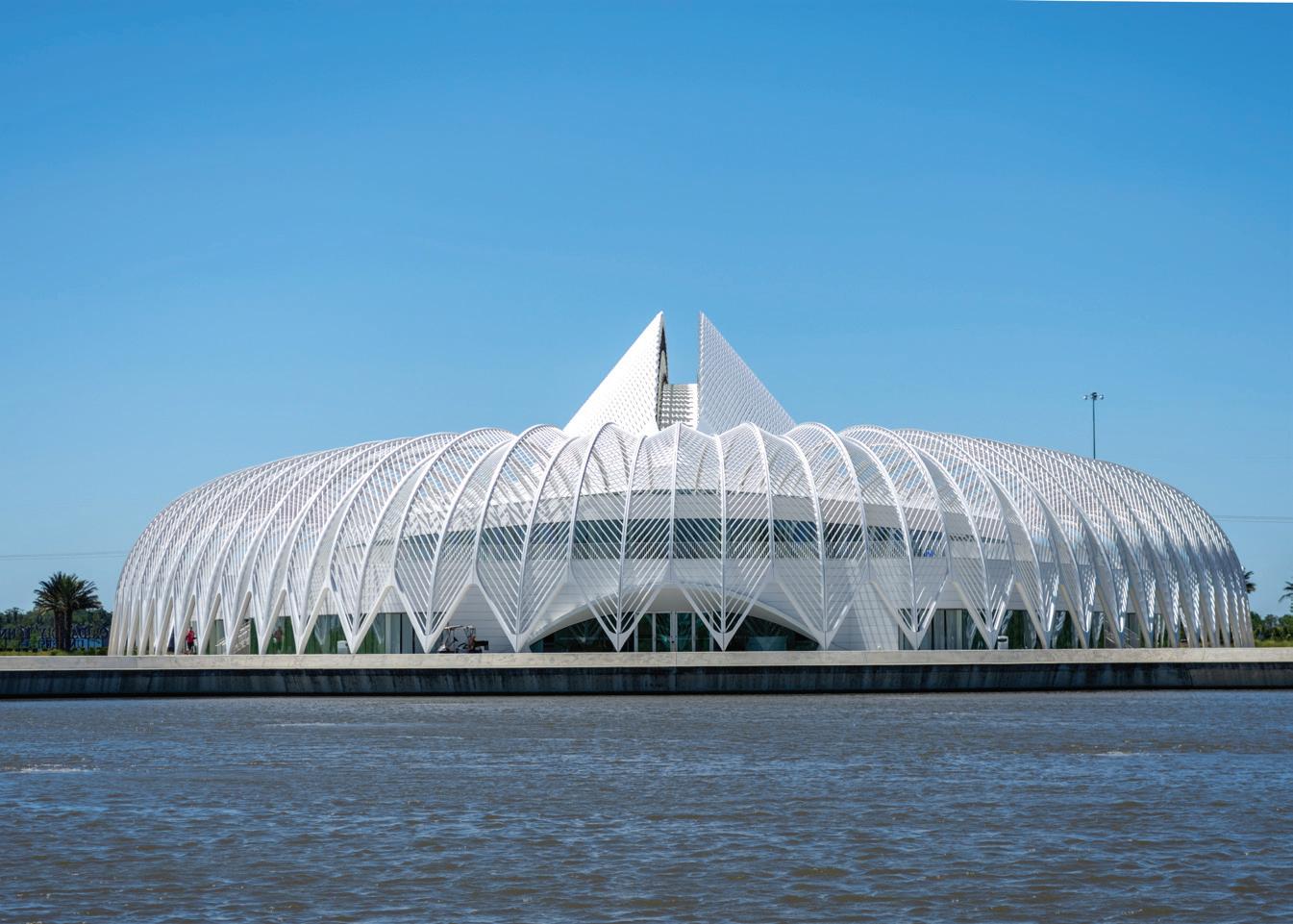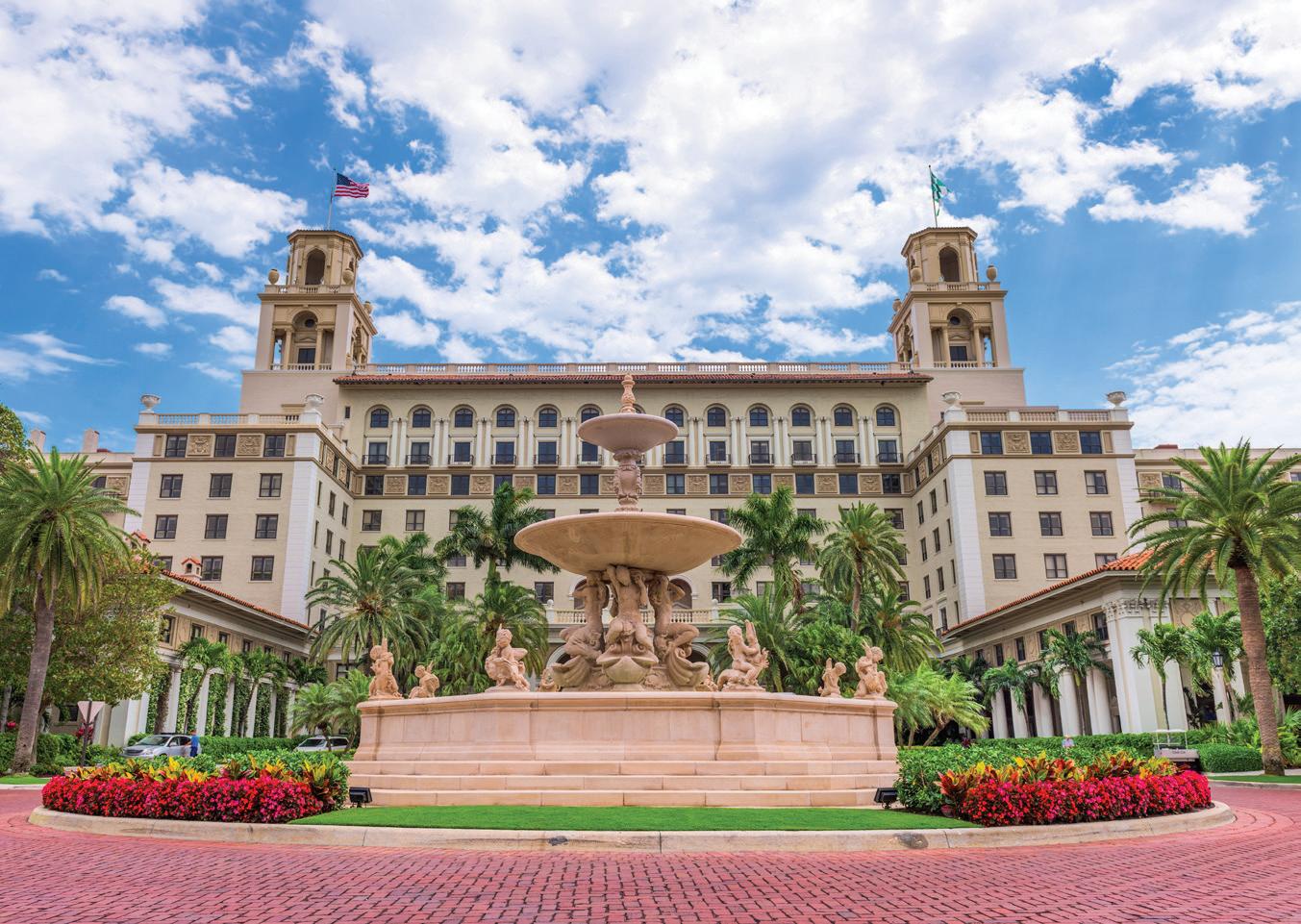
4 minute read
FSEA: What It Takes to Build a Marvel
By David Fusco, P.E., FRSE, LEED AP, SENIOR PRINCIPAL AT THORNTON TOMASETTI, FSEA PAST PRESIDENT
The world’s great engineering marvels – those iconic structures that appear to defy gravity, logic and the natural environment – share more in common than concrete, steel and other innovative materials. Whether it's the Hoover Dam, built by 21,000 workers, or the Panama Canal, which took 56,000 to construct, the force of manpower is only part of the story.
Behind every engineering marvel is a structural engineer who doesn't just calculate loads but imagines the impossible and finds a way to make it reality.
Florida has its own share of these projects: the Seven Mile Bridge in Marathon Keys, Breakers Hotel in Palm Beach, St. Pete Pier in St. Petersburg and the IST Building at Florida Polytechnic, to name a few. Each of these structures responds effectively to its location, its purpose and the vision of its designers.
To meet the challenges of designing a structural marvel, an engineer needs more than just technical know-how. A solid foundation in mathematics, physics and modern design so ware is essential, but that’s just the beginning. Creating something extraordinary requires the ability to innovate, think critically and to clearly communicate ideas to a wide range of collaborators. Some teammates may be fluent in engineering language, while others may not. Either way, it's the engineer’s job to translate complex problems into clear, actionable solutions.
A structural engineer must think like a scientist, dream like an architect and calculate like a mathematician, all while keeping the public’s safety at the forefront. Strong interpersonal skills, clear communication and collaborative thinking are just as important as equations and models.
“I believe the best outcomes for engineering marvels occur when the entire team is completely integrated and willing to set egos aside for the be erment of the project,” said retired structural engineer and FSEA member Tom Grogan. “Structural engineers need to collaborate with architects to ensure the ‘form’ is elegantly and efficiently achieved. The contractor's input is paramount to ensure the ‘dream’ can be built in an economical manner.”

Creativity helps solve unprecedented challenges; adaptability keeps a project on track when conditions change. A ention to detail ensures the final product is not just visionary but safe, efficient and resilient.
“Knowledge of relevant engineering and scientific principles provides a solid foundation and must be the starting point,” Thornton Tomase i Principal Len Joseph shares. “They support 'back of the envelope' calculations for a sense of what may or may not work, and rough values for comparison to more detailed analysis results.”
Len knows; he has played a central role in designing and reviewing scores of tall and supertall towers — including Wilshire Grand Center in Los Angeles, Shanghai Tower, Petronas Twin Towers in Kuala Lumpur and Taipei 101 — as well as many other well-known structures around the world. Beyond calculations, Len emphasizes the importance of understanding the broader context and drawing on historical precedents and project-specific needs to inform design decisions.
“How did project-specific loads, forms, dimensions, materials and performance requirements affect and direct the designs used?” he asks. “This understanding puts current and historical designs in context.”
Innovation must be tempered with careful scrutiny.
“New ideas and methods warrant a skeptical, ‘show me’ a itude for ve ing before use,” Len said. “Only adopt them if you can understand the proposer’s explanations and supporting data. You, not the proposer, know the new project best.”
Len emphasizes the importance of diligence and humility. “Confidence is built on a 'worrywart' mentality that considers what could go wrong and ways to avoid it,” he said. “Ask lots of questions—of yourself and others—and then develop satisfactory answers for them.”
Great engineering doesn’t just push boundaries; it respects, questions and redefines them with purpose. Structural engineers blend deep technical expertise with creativity, collaboration and critical thinking to turn bold ideas into the engineering marvels that shape our world. These structures don’t just influence our skylines, but also how we live, move and connect with one another.









